MXA MOTOCROSS RACE TEST: 2018 YAMAHA YZ450F
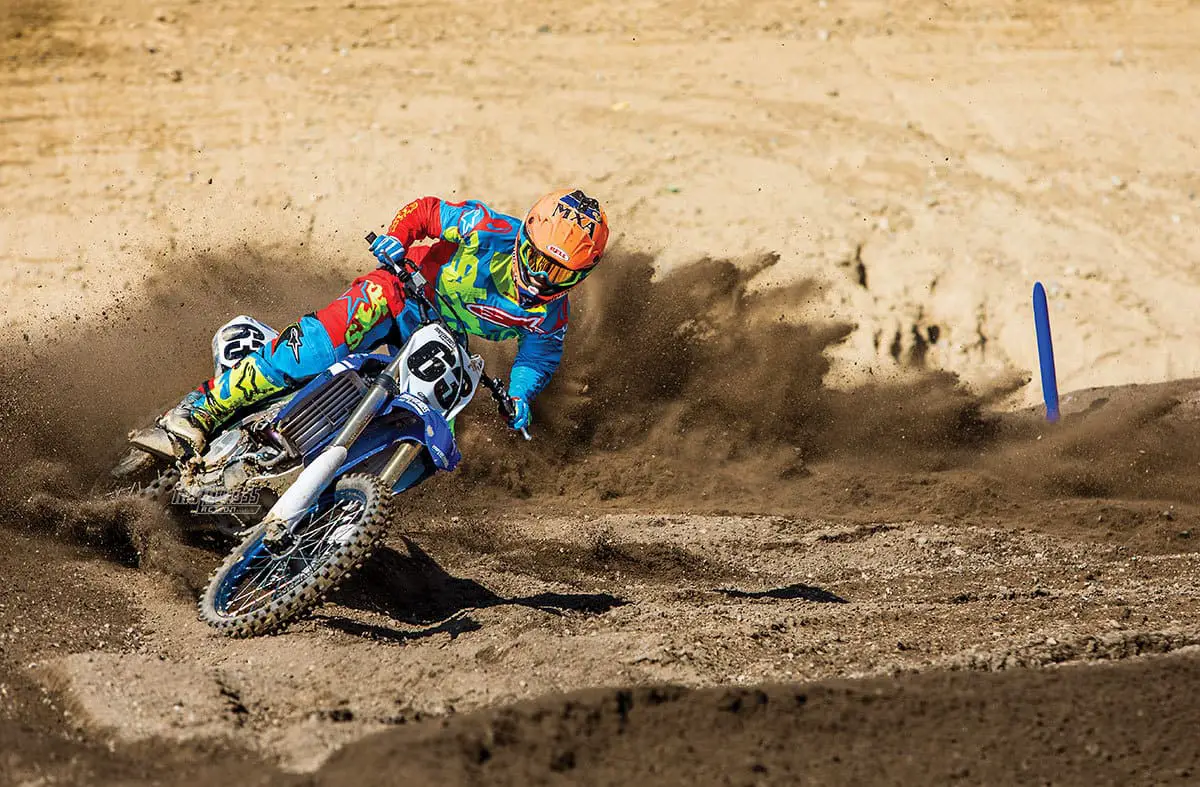
Q: FIRST AND FOREMOST, IS THE 2018 YZ450F BETTER THAN THE 2017 YZ450F?
A: Yes, in virtually every way.
Q: WHAT CHANGES DID YAMAHA MAKE TO THE 2018 YZ450F?
A: The list is actually so long that it would take away from the important parts of this test to list all of the changes, thus MXA will use the space to focus on the performance changes when we talk about power, handling, ergos, suspension and what we hate/love.
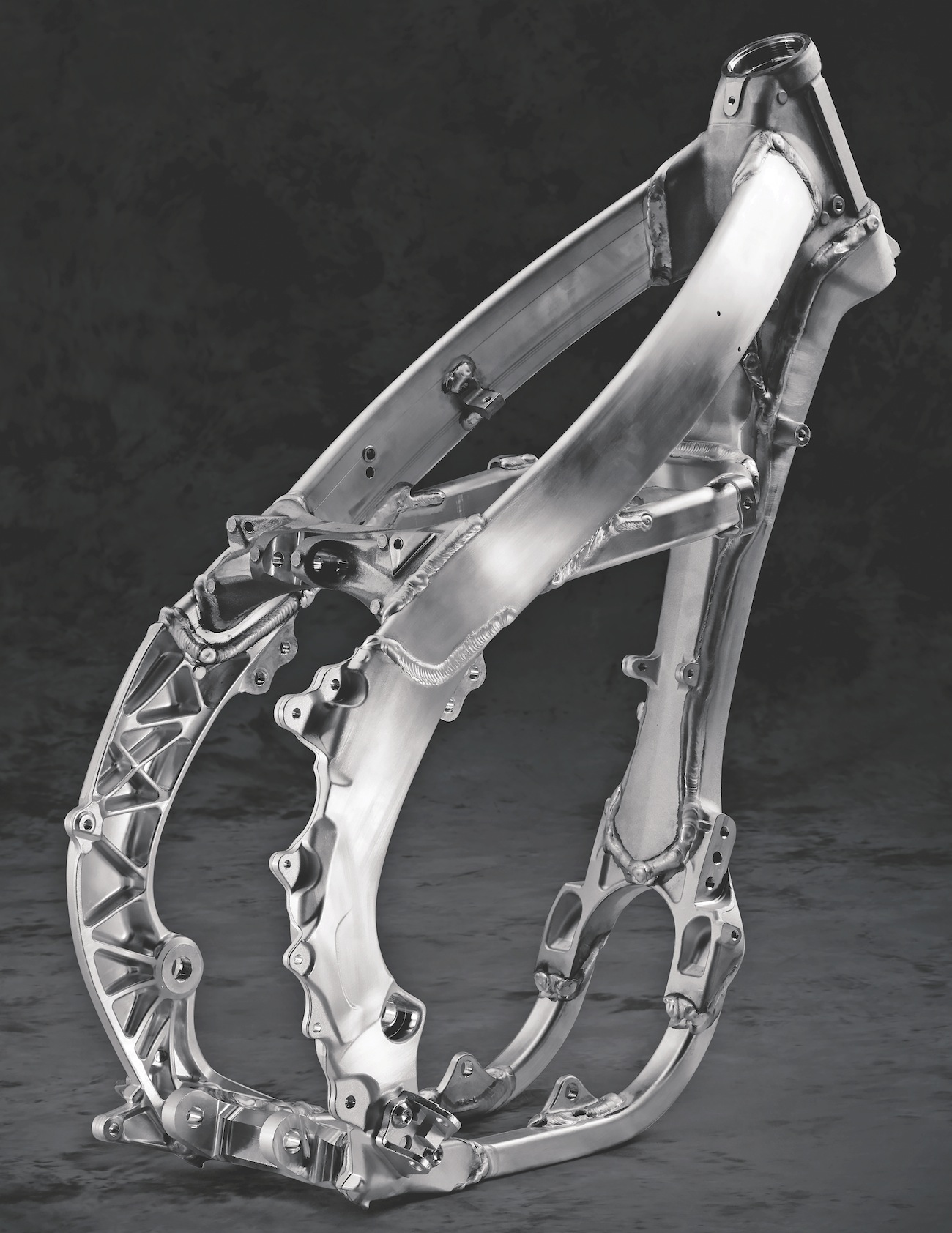
Q: HOW DOES THE 2018 YAMAHA YZ450F RUN ON THE DYNO?
A: Given that the 2018 YZ450F engine package is drastically changed from the 2017 mechanicals, we expected big horsepower numbers. Plus, Yamaha piqued our interest by telling us that the 2018 YZ450F made 3 horsepower more than the 2017 YZ450F. It didn’t. In fact, the two engines traced the exact same horsepower and torque curves, with the old engine making a little more power from 5000 rpm to 8000 rpm and the 2018 having the advantage from 8000 rpm to 11,000 rpm. Peak power for 2018 was 57.55 horsepower, at 9700 rpm, compared to the previous year’s 56.85. Torque was actually down 0.60 foot-pounds in 2018.

We double-checked our original dyno runs by coming back two days later to run a back-up test. It confirmed our first results.
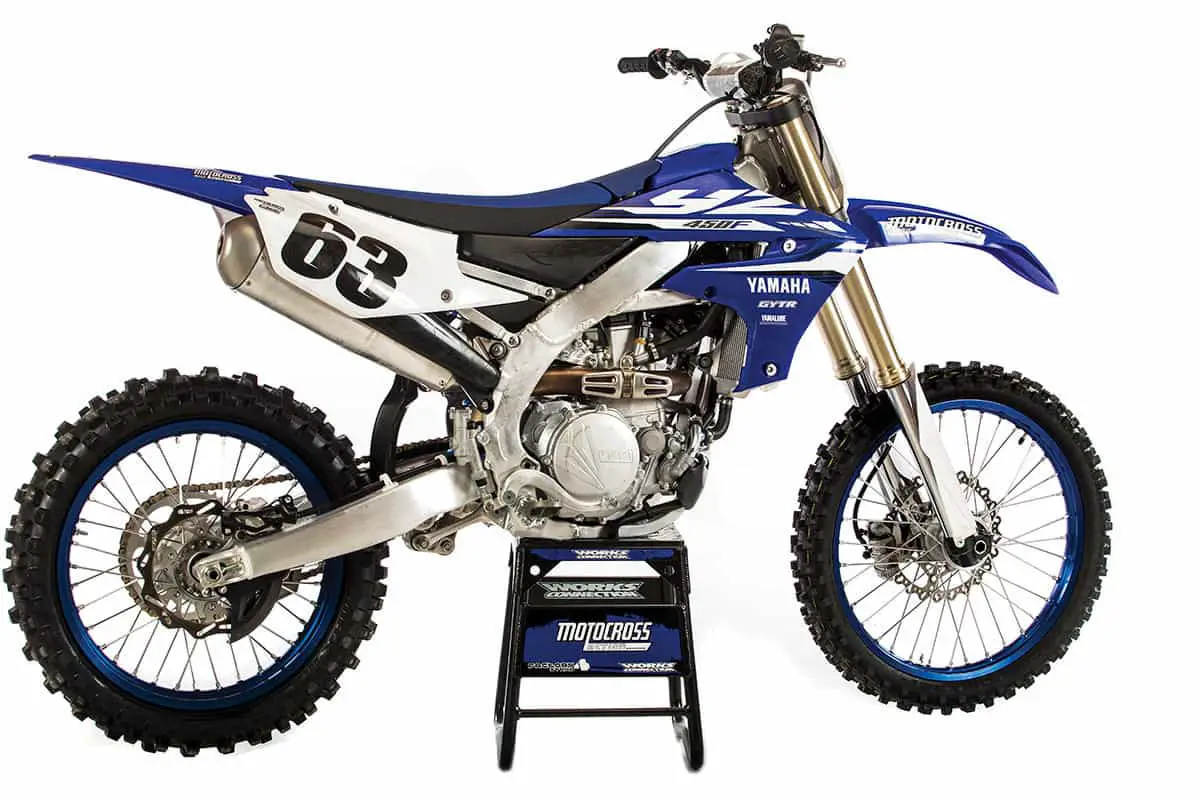
Q: HOW DOES THE 2018 YAMAHA YZ450F PERFORM ON THE TRACK?
A: Once on the track we forgot about the dyno runs. It was instantly obvious that the 2018 engine was significantly better than the 2017 engine. The 2017 engine had an abrupt hit down low but then laid down from 6000 rpm until 7000 rpm before hitting hard and taking off towards its high-rpm peak. Most test riders hated the two-stage 2017 YZ450F powerband, and last year we wrote, “We aren’t looking for more horsepower. The YZ450F has plenty of that. Instead, we were trying to get the power better positioned.”
If we were looking for a phrase to accurately describe the 2018 YZ450F powerband, we would use “filled in.” The 2018 engine doesn’t have the 2017’s dead spot at 6000 rpm or the surging hit at 7000 rpm. The result is one long usable powerband. Every Yamaha YZ450F owner will recognize the improved power delivery, because it now has one “filled in” powerband.
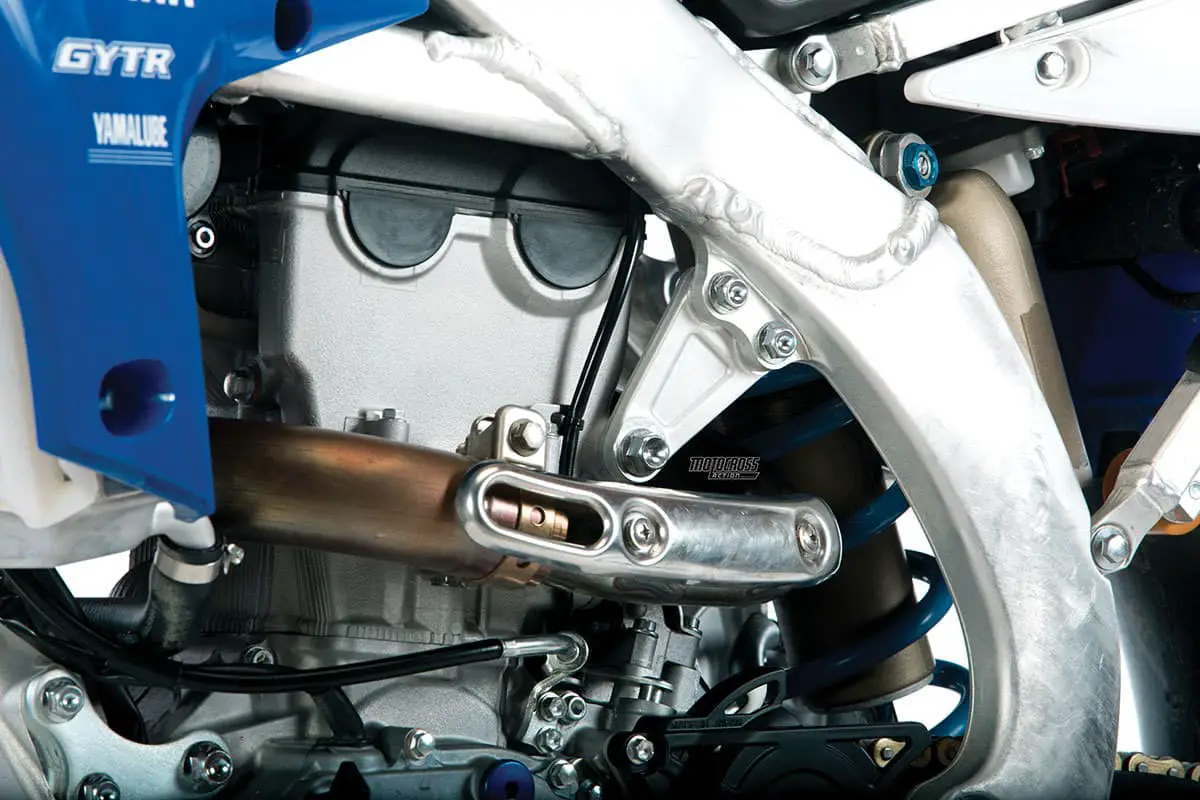
Q: DID WE HAVE ISSUES WITH THE 2018 YAMAHA YZ450F ENGINE?
A: Not surprisingly, we did.
(1) Mapping. We didn’t like the stock YZ450F map. It felt lean and a little flat down low. To try different maps, we dialed up our YZ450F on our iPhone and ran through the three available maps that Yamaha supplies in the App Store. We didn’t really like any of them. Yamaha test rider Travis Preston told us that he had a map that he had been working with, so we put in the “Preston map.” Every MXA test rider thought it was appreciably better than Yamaha’s existing maps. We liked it so much on the track that we returned to the dyno for a third time to run the YZ450F with this Preston map installed. The remapped YZ450F made more horsepower and torque at every spot on the curve. In the meat of the YZ450F’s powerband, horsepower was up by as much as 2 horsepower (torque was up 0.90 foot-pounds). Best of all, peak horsepower was moved down from 9700 rpm to 9200 rpm. That 500-rpm difference allowed us to use the existing power more efficiently (without having to keep revving the YZ450F past our bravery limit).
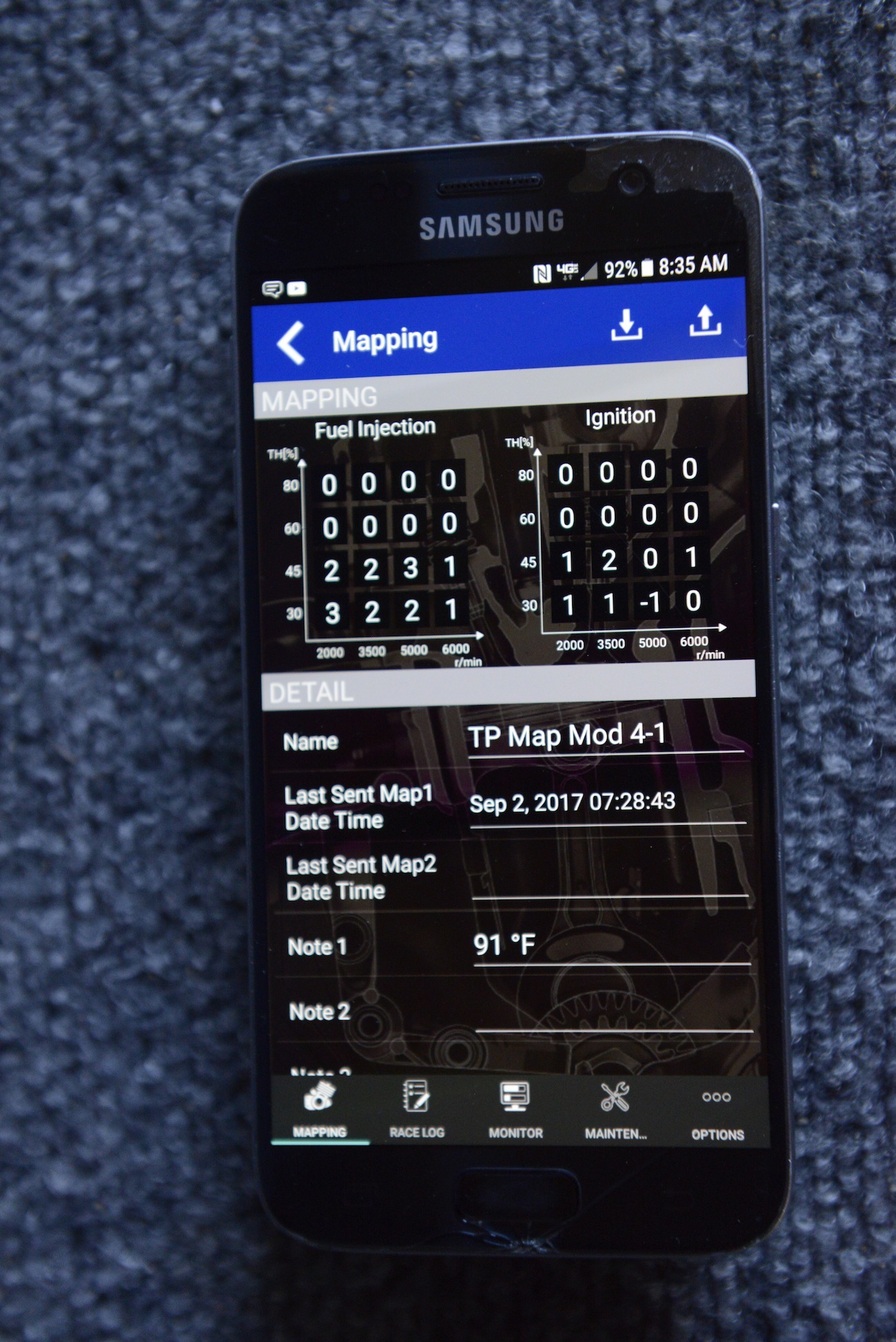
(2) Gearing. Although the gear ratios were unchanged from 2017 (although second, third and fourth gears are 1mm wider), every test rider hated the gear ratios. The standard phrase was, “There isn’t a single gear on this bike that’s in the right place.” We revved out second too quickly, only to be met by a sluggish third gear. On a track with tight turns, we tried a 49-tooth sprocket and liked the gear ratios a lot better, but were concerned that it would hamper us on a big, fast track. So, we switched tracks and went back and forth with the 48-tooth to 49-tooth swap. The 49er was the hands-down winner on both styles of tracks. Gearing it down lessened the workload on second gear by moving third gear closer. Dare we say, it “filled in” the gap between second and third and allowed us to use third most of the time. Prior to that, we were downshifting into corners to avoid the bog.
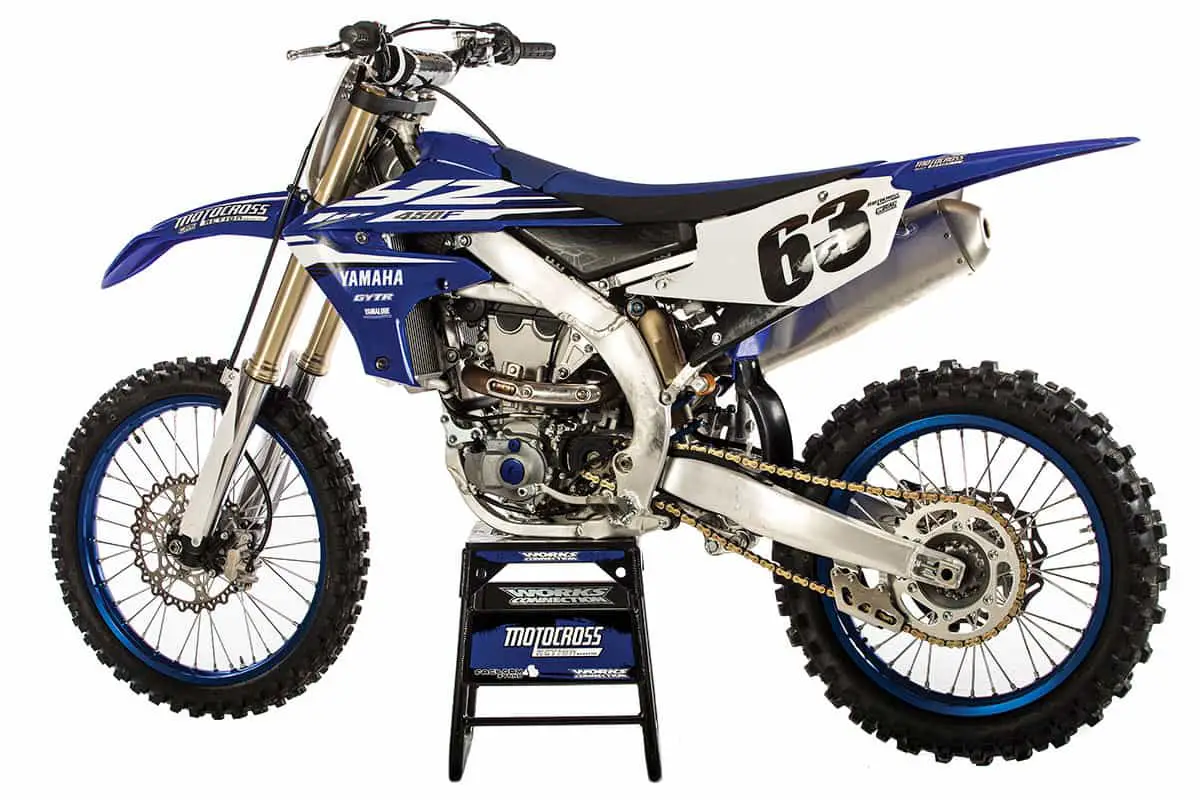
Q: HOW DOES THE 2018 YAMAHA YZ450F HANDLE?
A: Here is a quick synopsis of what we thought about the handling on last year’s YZ450F:
“Most MXA test riders don’t like it. Sad, but true. It’s vague at tip-in, tends to push on flat corners and has a hitch in its giddy-up at mid corner. We have been critical of Yamaha’s front-end response for as long as we can remember. Superb handling has never been a Yamaha strong point—suspension yes, cornering no.”
That was as far from a rave review as any motorcycle test can get, which leads us to a quick synopsis of the 2018 YZ450F handling:
“Its best trait is at turn-in. What the 2017 and every YZ450F before it couldn’t do, the 2018 YZ450F can. It is super accurate at tip-in. That single superlative will make every long-suffering Yamaha YZ450F owner love this bike. But, putting all of your handling chips on turn-in leaves you vulnerable on the exit of turns and fast straights. And, we’d be remiss if we didn’t tell you that Yamaha’s emphasis on turn-in results in a front end that feels very loose on the turn exit and blasphemously twitchy at speed.
What does “loose on turn exit” mean? When you enter a tight turn, berm or rut on the 2018 Yamaha YZ450F, the front end has terrific bite, as long as the tire is pushing against terra firma, but from center out to turn exit, the YZ450F’s front end goes searching for traction. It feels so loose that you feel like turning the handlebars wouldn’t result in a significant direction change. The front end bites going into turns but wags coming out. It’s not terminal, as there are suspension and chassis setup tricks that can mitigate it, but they will never erase it.
What does “blasphemously twitchy at speed” mean? Historically, Yamaha has produced bikes that were middle-of-the-road handlers. They were never radical-handling bikes, but they were always stable in a straight line. In rough, potholed straights where quick-turning Suzukis and Hondas were twitching like wet dogs, the Yamaha was rock solid. That trait made it excellent in Supercross whoops, desert speed runs and nasty motocross straights. You know what’s coming, don’t you? That newfound geometry that suddenly makes the YZ450F great at turn-in comes at the price of its exceptional straight-line stability. It’s not the end of the world, though, because Yamaha could give up some stability and still stay even with its competition (and be better than the infamous head-shakers). But, it will lose the stability crown to KTM in 2018.
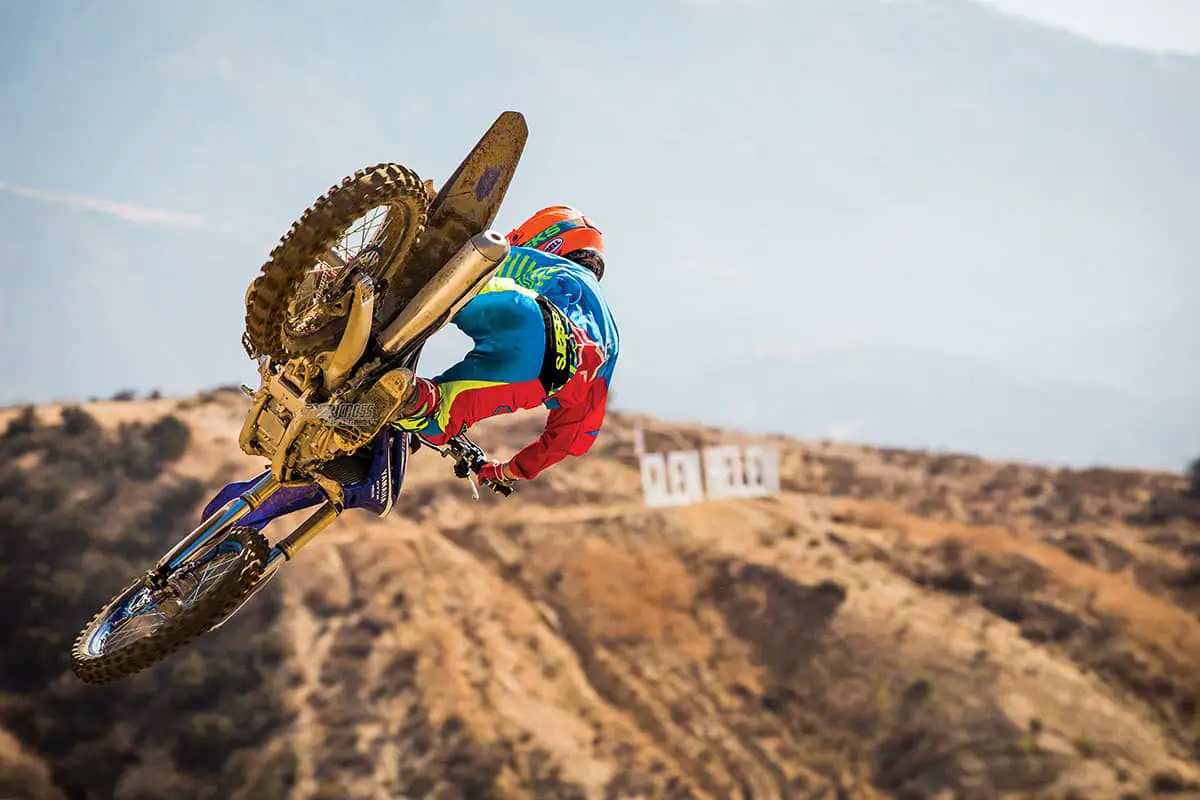
Q: WHAT ARE THE PLUSES AND MINUSES OF ELECTRIC START?
A: Every Japanese motorcycle manufacturer needed to make a grand statement to prove to its loyal minions that it was on the cutting edge. In the old days, that would have meant the most powerful engine, best suspension, lightest weight and cutting-edge components. But, these aren’t the old days for the “Big Four.” KTM has raised the bar with its broad powerband, 222-pound weight, hydraulic clutch, plug-in air filter, Brembo brakes and electric starter. Wait? Did we say electric starter? Yes, we did. And for 2018, Yamaha and Honda heard us. After pooh-poohing the sissified nature of electric starting ever since KTM embraced it a decade ago, electric start became the grand statement for 2018 (for the YZ450F and CRF450).
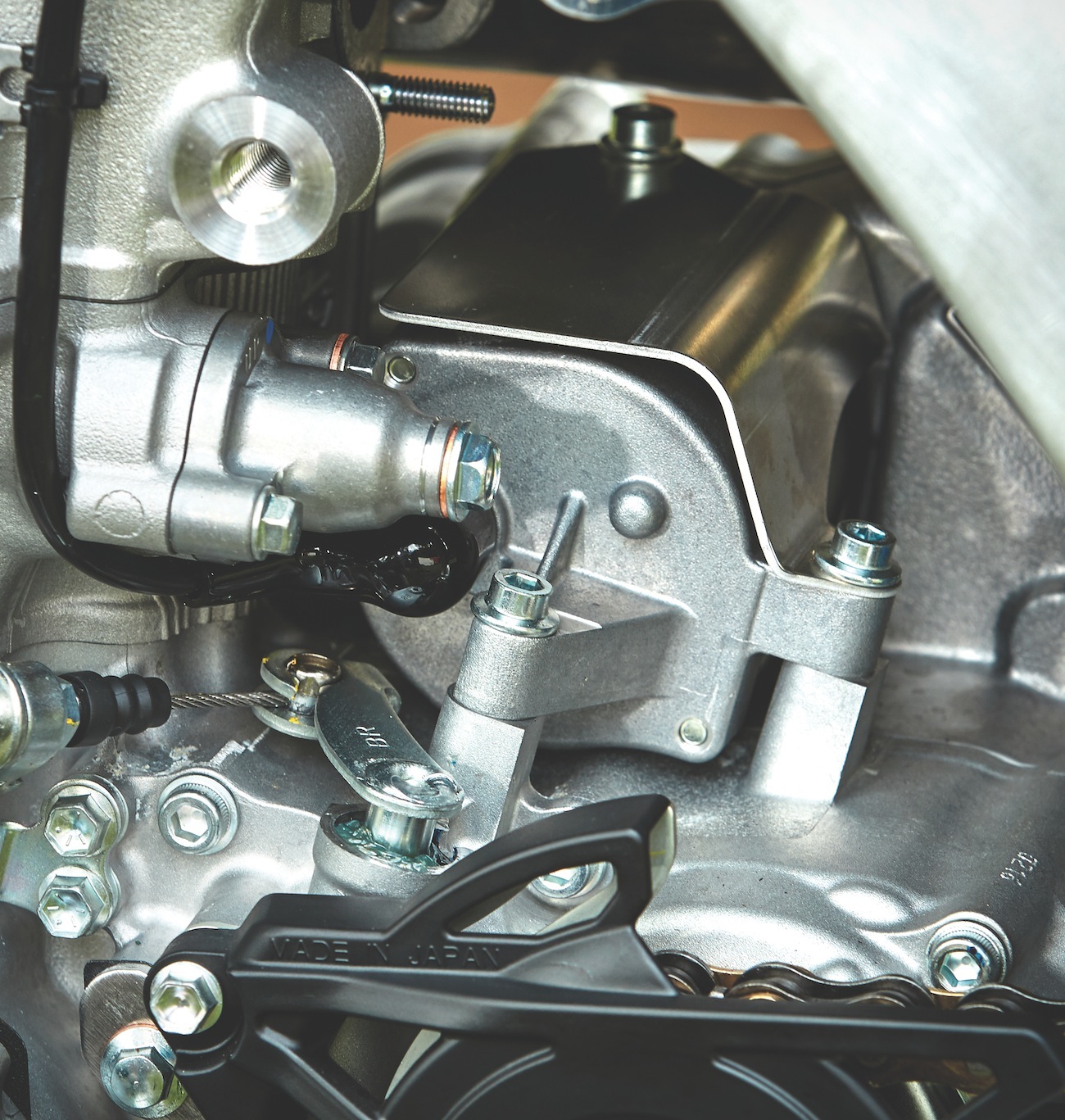
We aren’t knocking it. Once you get a taste of push-button living, you never want to return to a world that demands the unnatural extension of your right leg. Every 2018 Honda CRF450 and Yamaha YZ450F owner will learn to love electric starting. Push the button and go. After all, we haven’t hand-cranked our automobiles since Cadillac introduced the electric starter in 1912.
But, perhaps the desire to look cutting edge was a little premature at Yamaha and Honda. While the electric-start KTM 450SXF weighs 222 pounds, the electric-start Yamaha YZ450F weighs 239 pounds, and the CRF450 hits the scales at 240 pounds. The Yamaha was 1 pound lighter in 2017, which is testament to how much weight they lost on the rest of the bike in 2018. The Honda, unfortunately, gained 7 pounds because Honda retrofitted the starter/battery/wiring loom to the previously 233-pound 2017 model. The addition of electric starting to already-porky bikes means that sales of Systems electric bike stands will probably boom in 2018.
Q: DOESN’T THE 2018 YAMAHA YZ450F FEEL LIGHT IN MOTION?
A: Yes, but a rock falling from a cliff feels light until it hits the ground. The sensation of lightness can’t really be measured on a moving two-wheeled vehicle—until you lean it off center. How does your old 30-pound Diamondback mountain bike feel compared to your new 20-pound carbon fiber Specialized? We bet that it’s light in motion—until you break the balance plane. Heavier objects are heavier. They accelerate slower, take longer to stop and put greater stress on their components when hitting bumps, landing from jumps or being muscled over a ridge. Even if you lose 20 pounds of body fat, which you aren’t going to do, the lump of metal under you would still be heavier than some other brand’s lump of metal.
Here is a simple example on the effects of weight on acceleration. A ping-pong ball weighs 3 grams. If you hit a 225-gram steel ball with enough force to get it up to the typical speed of a ping-pong serve, the steel ball would reach 22 mph. Now, if you hit the ping-pong ball with the same force you used on the steel ball, it would reach 2000 mph. Obviously, motocross bikes aren’t ping-pong balls, but the example shows that weight plays a major role in getting objects into motion.
Q: HOW GOOD IS THE SSS SUSPENSION?
A: Just as the sun rises and Dennis Rodman goes to North Korea, there is nothing as predictable as Yamaha’s dedication to Kayaba SSS suspension. Although there were a few minor changes to the 2018 SSS forks (a 25mm-diameter cartridge instead of last year’s 24mm tube), Yamaha is smart enough to leave well enough alone. SSS has been the best suspension in the sport since 2006, and it will remain so in 2018.
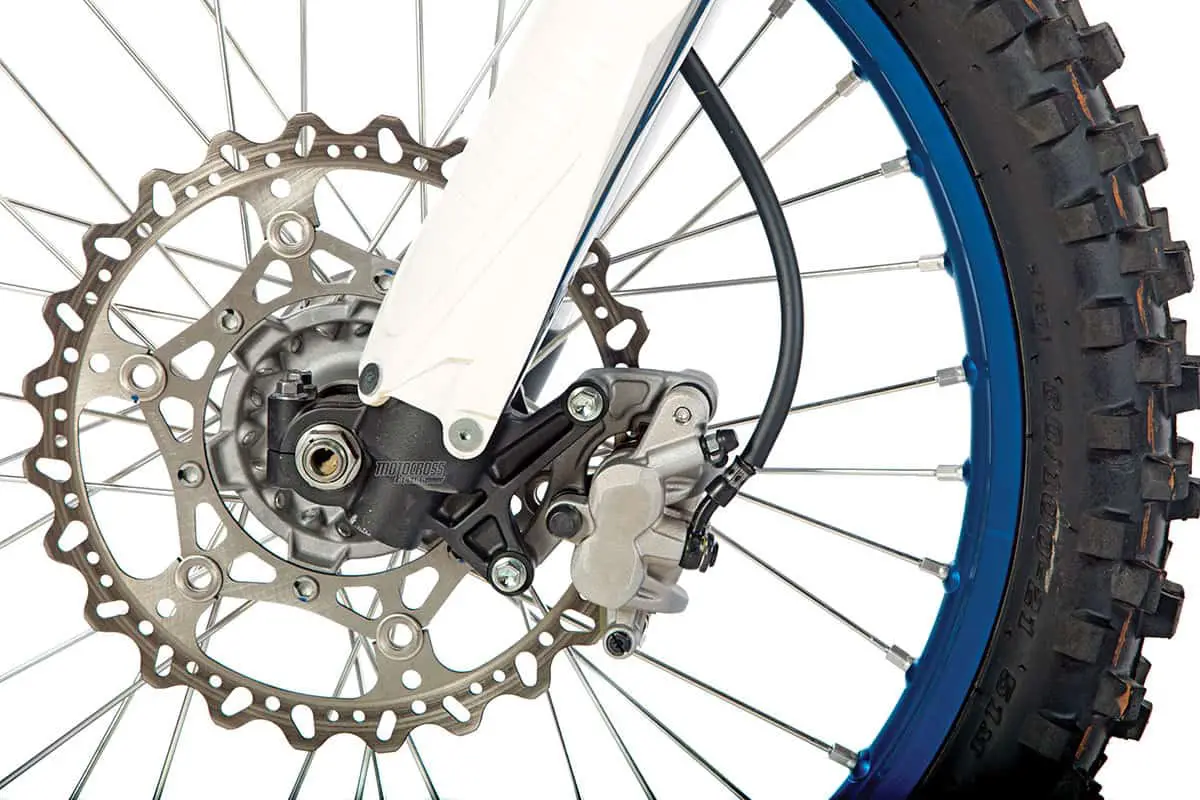
Q: WHAT DID WE HATE?
A: The hate list:
(1) Brakes. Putting oversize rotors on old-school master cylinders and calipers does produce more stopping power, but it is weak initially and very grabby later.
(2) Exhaust pipe. Removing the stock wrap-around YZ450F exhaust is a pain.
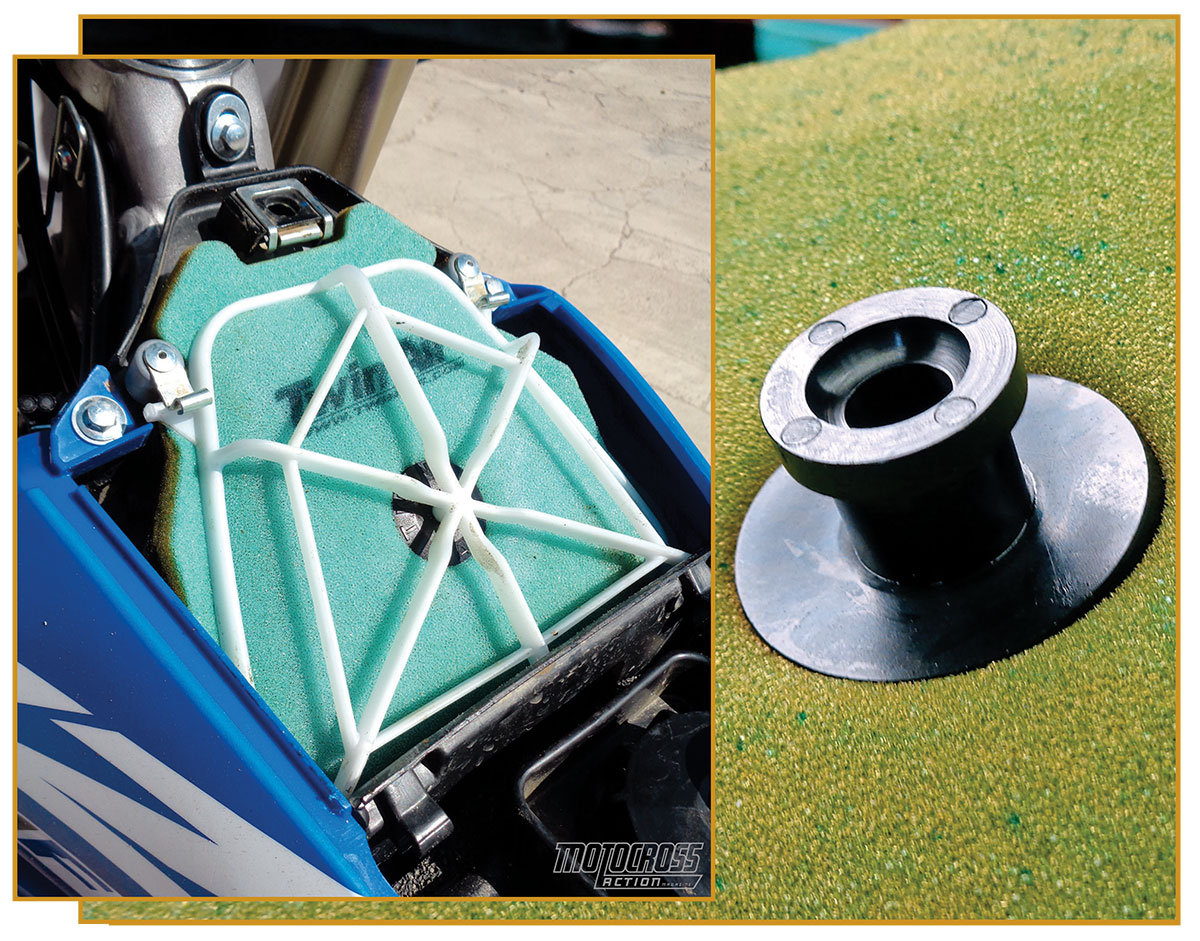
(3) Air filter. We didn’t like the flat piece of toast air filter and had issues with it. We switched to a Twin Air filter. Not only is it thicker, but it comes with a grommet and spacer that lifts the Twin Air filter 11mm off the wire backfire screen. This stops the air filter from undulating against the screen, which shakes dirt through the stock filter and sucks filter oil out.
(4) Handlebar height. Yamaha lowered the rear of the 2018 YZ450F by 19mm, but raised the handlebars by 5mm. With the help of a calculator, you can see that the bars are suddenly 24mm higher than they were in 2017. Are your arms any longer? We took off the tall bar mounts and replaced them with the 5mm lower 2017 bar mounts.
(5) Gearing. Experiment with a 49 for your local track.
(6) Weight. 239 pounds is, at the very least, too heavy.
(7) GYTR Power Tuner. Your old $290 GYTR Power Tuner will not work on the 2018 YZ450F.
(8) Seat. The seat height is much lower, but a look at the seat reveals that the height reduction was achieved by shaving most of the foam out of the seat.
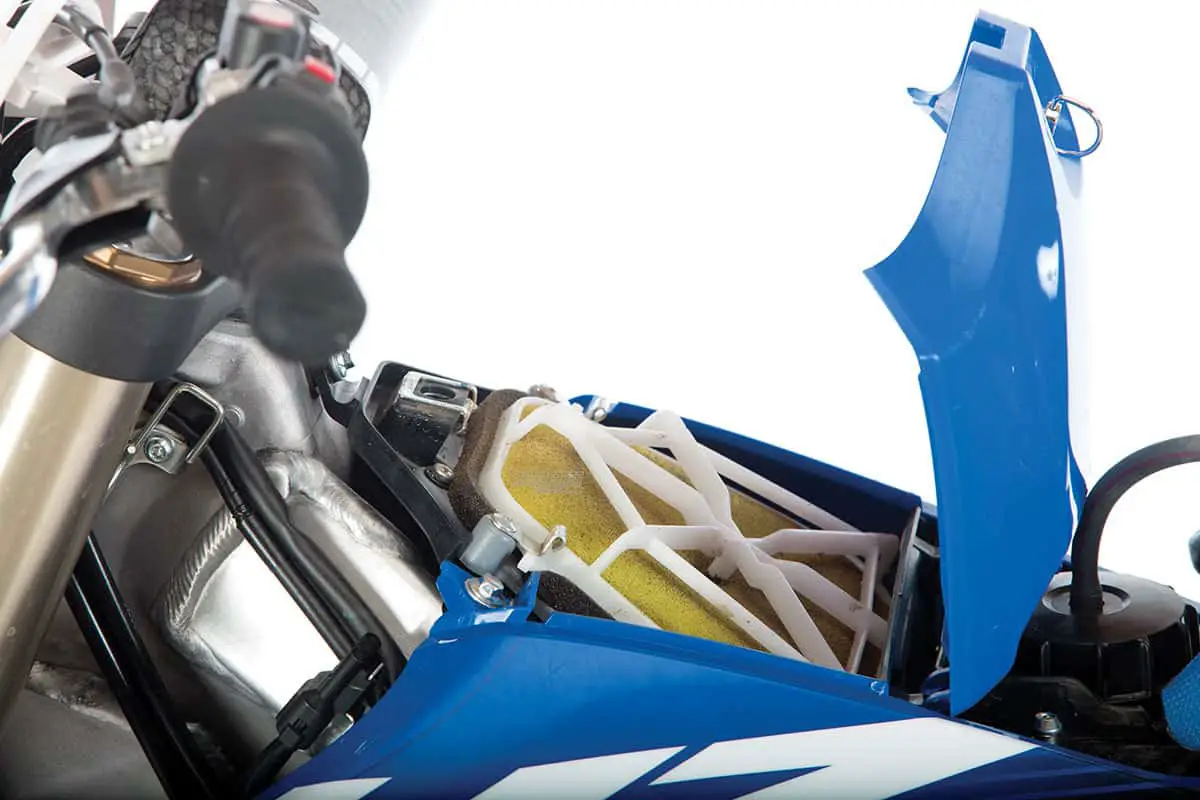
Q: WHAT DID WE LIKE?
A: The like list:
(1) Airbox. We ahate the air filter, but we appreciate that Yamaha rethought its airbox design. The 2018 airbox only has one Dzus fastener instead of three, and air volume is increased by 29 percent.
(2) Reliability. Yamaha YZ450Fs are bulletproof. YZ450Fs can run for 100 hours with nary a valve adjustment to their credit. Nothing is as reliable as a Yamaha YZ450F.
(3) SSS. Yamaha single-handedly wiped Showa and Kayaba air forks off the face of the earth, except on the KX450F. This was good for Yamaha, because its coil-spring forks are the best in the biz. Only KTM’s WP AER forks are on the same playing field.
(4) Clutch. We run stiffer clutch springs, but the YZ450F clutch is better than every non-hydraulic clutch. The metal drive plates on the 2018 YZ450F have been surface-ground on both sides (last year they were only ground on one side). The pressure plate is stiffer where it contacts the clutch plates.
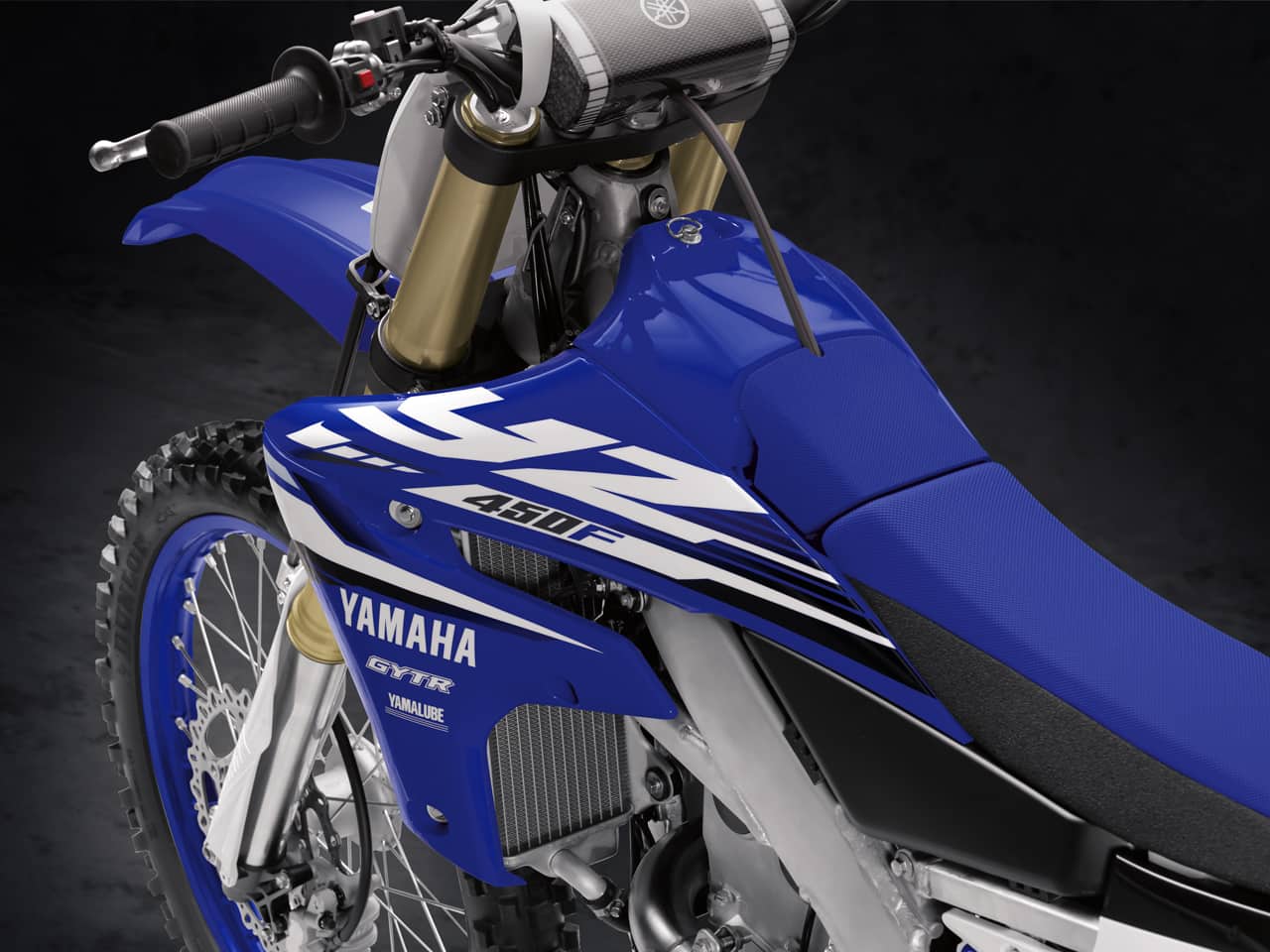
(5) Radiator wings. The 2018 YZ450F features radiator wings that mimic Cycra’s aftermarket kit. Gone is the double-walled duct work of 2017. The shrouds and gas tank are 1 inch narrower for better rider movement.
(6) Seat height. The seat height has been reduced by 8mm in the middle and 19mm in the back.
(7) Gas-tank capacity. Last year the YZ450F held 1.9 gallons. This year it holds 1.6 gallons.
(8) Blue rims. If you are fashion-conscious, the blue rims are a plus, but blue and black rims get beat up by roost and scratched by tire irons. Silver rims are more functional but not as fashionable.
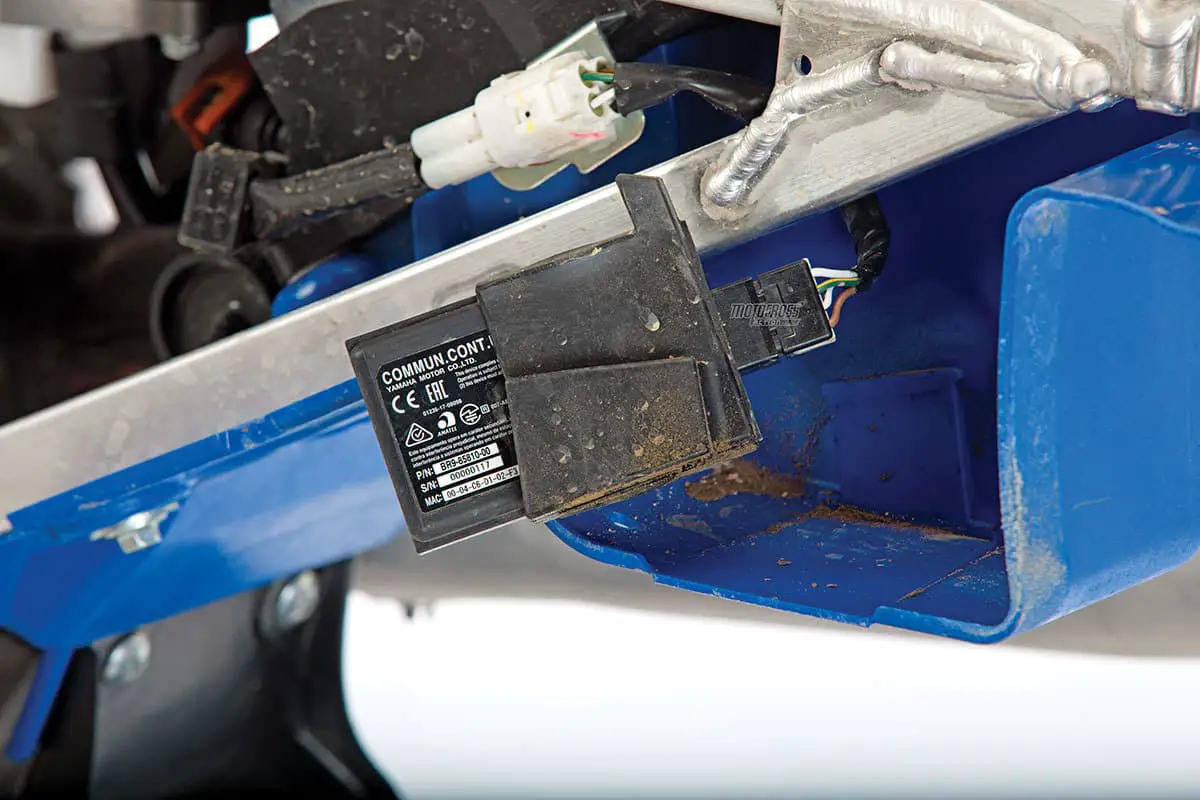
(9) Wi-Fi mapping. After you download the Yamaha app, you can remap your 2018 YZ450F with your iPhone. The fuel and ignition grids have 16 boxes each (the Power Tuner only had nine boxes). You can change the fuel by 2-percent increments and advance/retard the ignition in 1-degree increments.
(10) Triple-clamp offset. Last year we changed our YZ450F from 25mm to 22mm aftermarket offset triple clamps. For 2018 the 22mm clamps are standard. Don’t be surprised if we change to aftermarket 25mm clamps later this year. Trail is increased from 118mm to 121mm.
(11) Miscellaneous. The cylinder is tilted forward 2 degrees. The headstays are mounted lower on the cylinder. The forging at the swingarm pivot is 10mm wider than last year.
Q: WHAT DO WE REALLY THINK?
A: When asked what the 2018 Yamaha YZ450F felt like, every MXA test rider said, “It feels like a Yamaha YZ450F.” That means that if you liked last year’s YZ450F, you will love the 2018 model. It is thinner and lower with a broader, more unified powerband. Best of all, it turns in like a banshee and starts with the press of a button. It is a given that any Yamaha will have great suspension and incredible reliability. We thought that it was going to be a totally new breed of YZ450F, but the DNA is too strong.
MXA’S 2018 YAMAHA YZ450F SETUP SPECS
This is how we set up our 2018 Yamaha YZ450F for racing. We offer it as a guide to help you find your own sweet spot.
KAYABA SSS FORK SPECS
Manufacturers that gambled your money on air forks are retreating rapidly. Yamaha’s SSS suspension has always been a sure thing. Apart from KTM air forks, air is dead. For hardcore racing, these are MXA’s recommended 2018 Yamaha YZ450F fork settings (stock settings are in parentheses):
Spring rate: 0.50 N/m
Oil quantity: 290cc
Compression: 9 clicks out (8 clicks out)
Rebound: 8 clicks out (10 clicks out)
Fork-leg height: 5mm up (0mm)
Notes: For 2018, Yamaha has refined what were already the best forks on the market. What’s best about them? They work for Beginners, Novices and AMA Pros. They don’t care if you’re thin or fat, tall or short. There’s a setting for everyone. Be very careful with the compression clicker. One click is the equivalent of a couple clicks over last year.
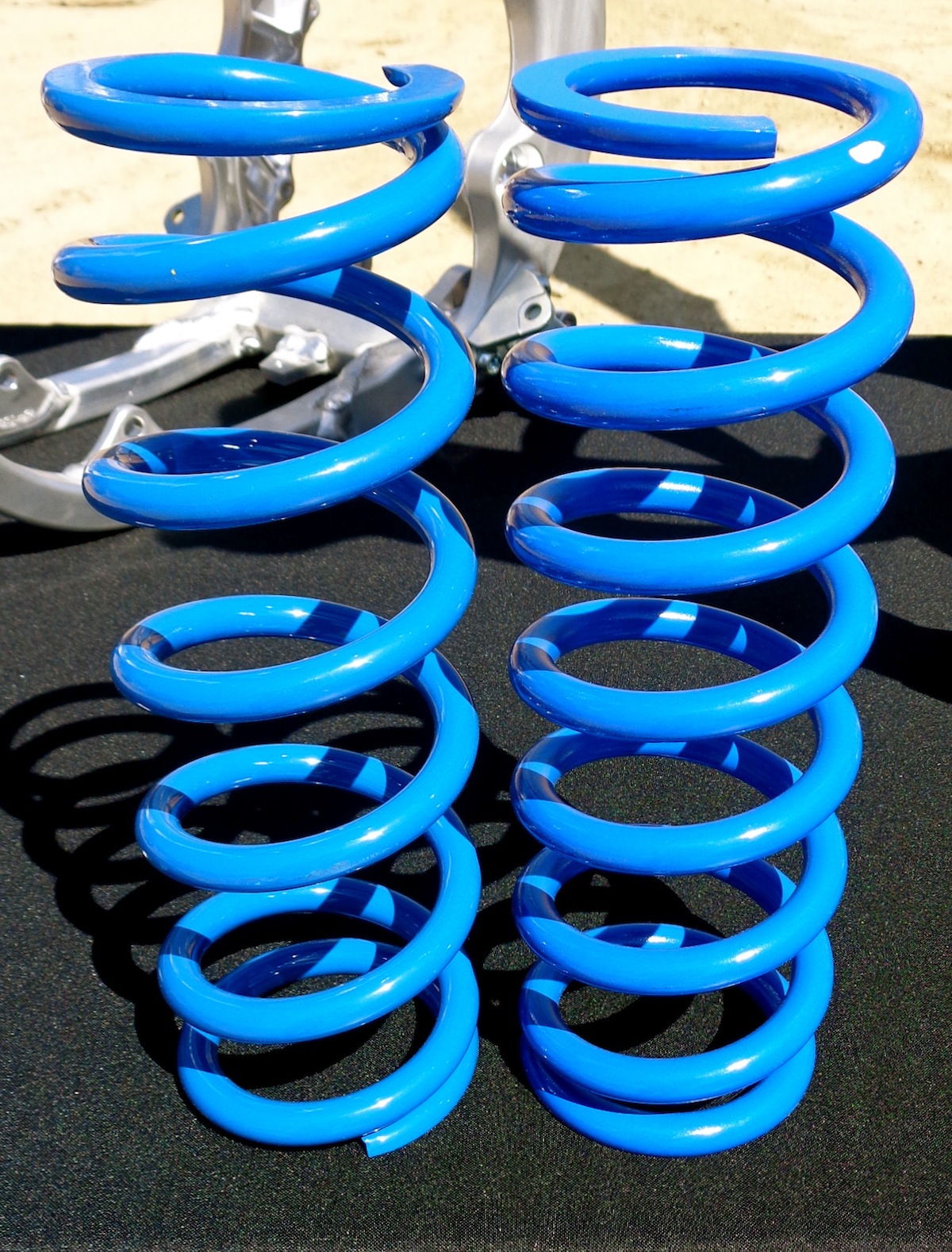
KAYABA SHOCK SETTINGS
For hardcore racing, these are MXA’s recommended 2018 YZ450F shock settings (stock settings are in parentheses):
Spring rate: 58 N/m
Race sag: 105mm (100mm stock)
Hi-compression: 1 turns out
Lo-compression: 12 clicks out
Rebound: 11 clicks out
Notes: The shock spring rate has been increased from 56 N/m to 58N/m.
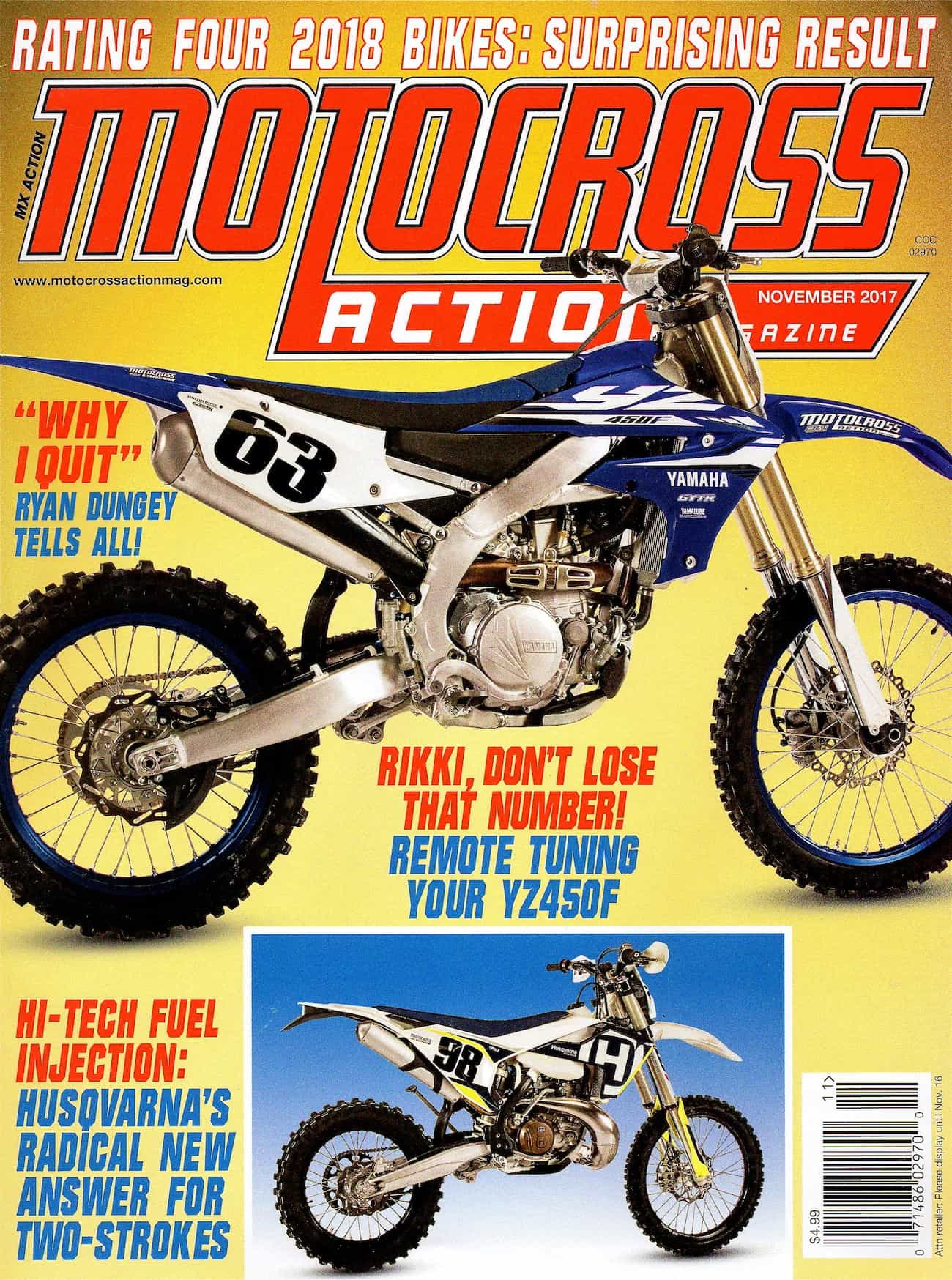 Had you subscribed to MXA, you would have read this complete bike test when in came out back in October. Click the box below to subscribe.
Had you subscribed to MXA, you would have read this complete bike test when in came out back in October. Click the box below to subscribe.


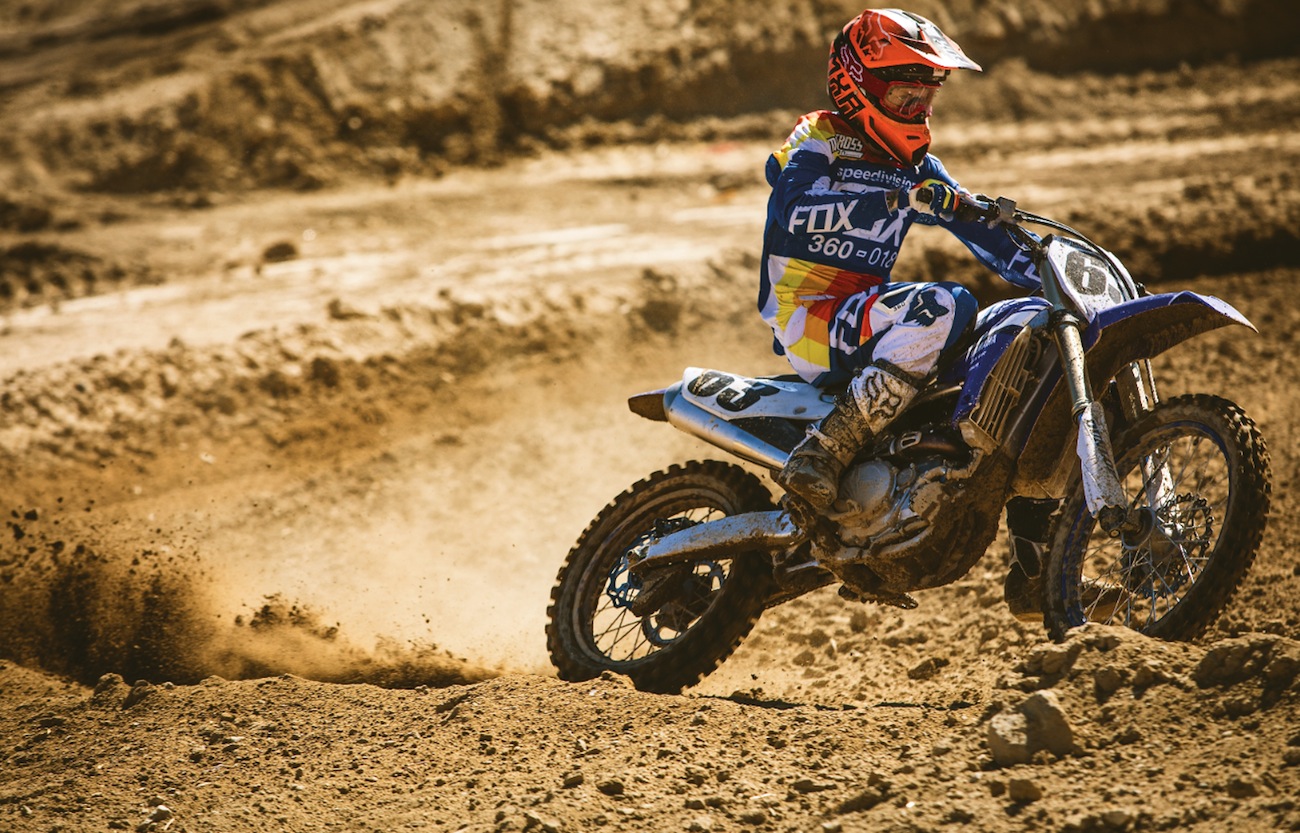
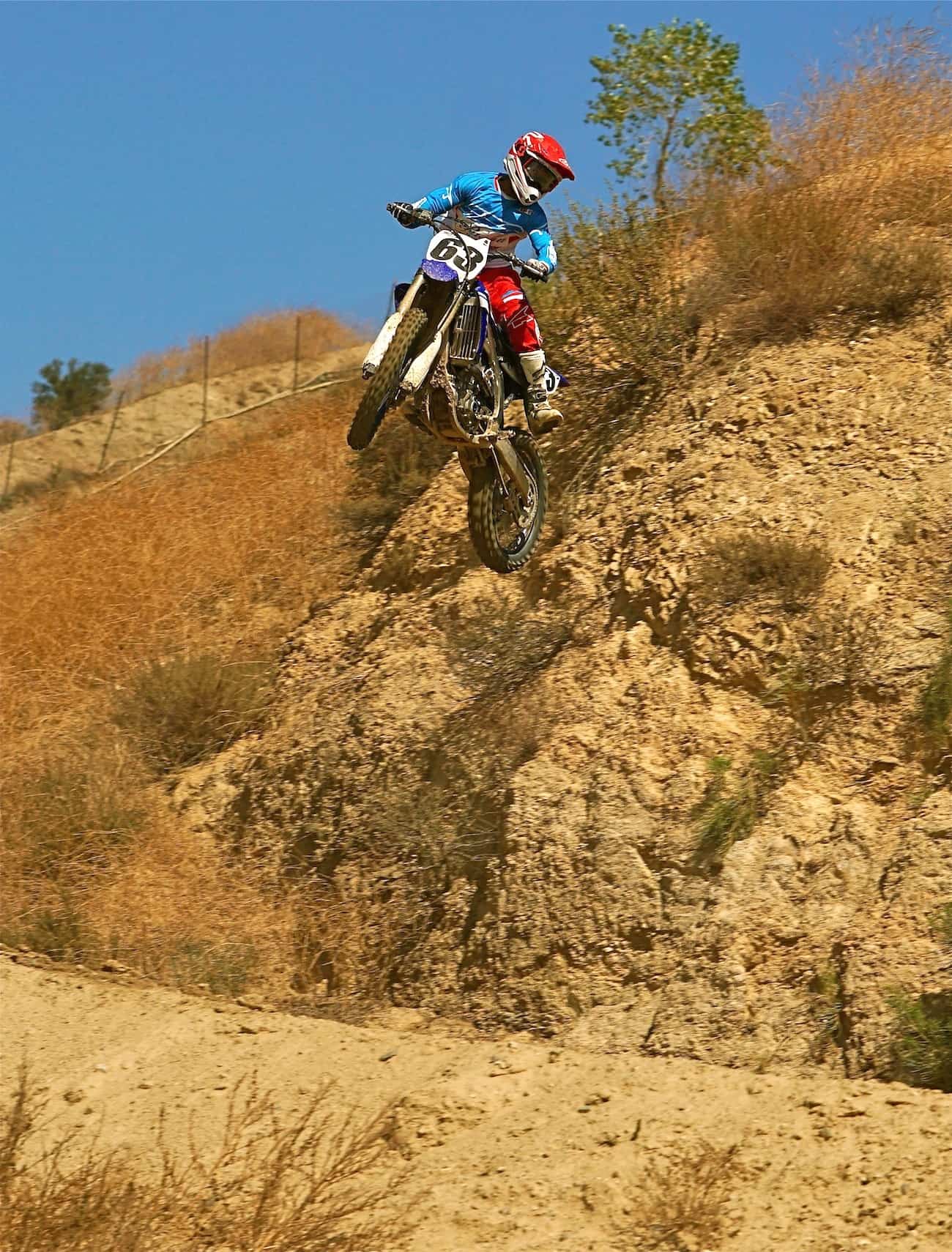

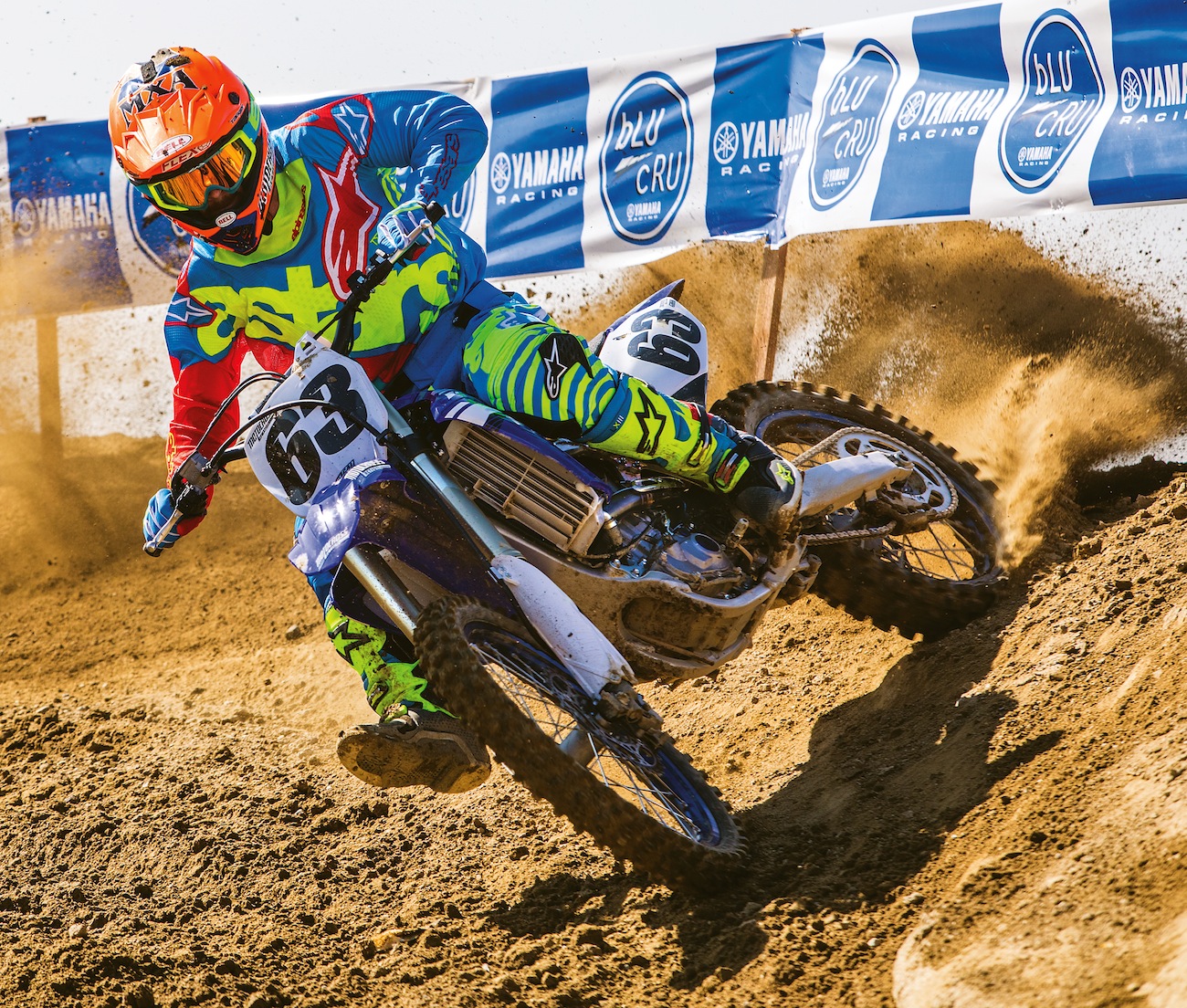



Comments are closed.